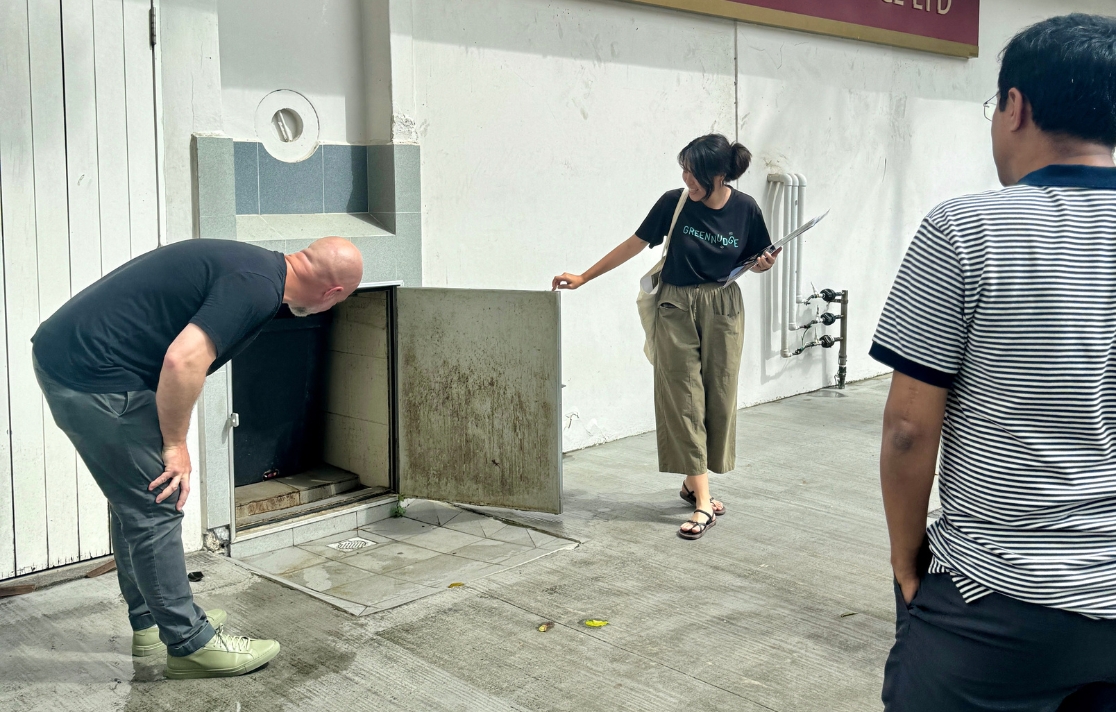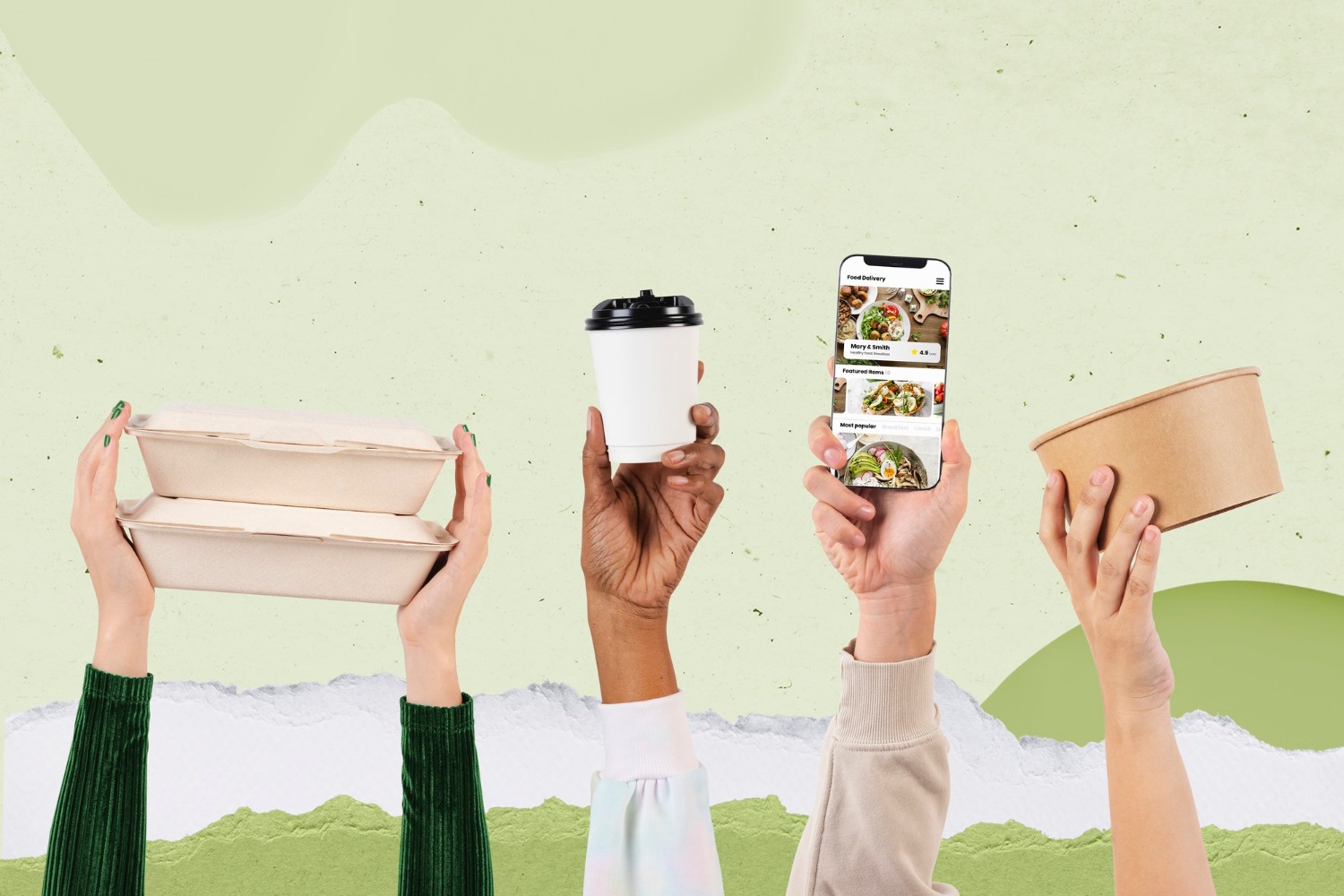
Singapore’s waste infrastructure wasn’t built in a vacuum. It was designed at a very particular moment in our history. Together with public housing flats, much of the infrastructure was built to maximise housing for everyone during a period when many people needed homes quickly. Back then, the primary goal was to maintain sanitation and public cleanliness — and I believe it did work well.
Waste was cleared quickly to prevent disease. After closing the landfills in Lim Chu Kang and Lorong Halus to meet the country’s growing waste needs, the government developed Semakau Landfill — a remarkable feat given the resources dedicated. On my visit to Semakau Island, I still remember how the roads paved on the island were dubbed some of the most expensive in Singapore due to the sheer amount of money invested in the landfill. So yes, with due credit, the existing system has served us exceptionally well.

As Singapore and the world evolve, what was once considered “efficient” may no longer be sufficient today. As Singapore’s consumption has grown, so has the amount and complexity of our waste.
Today’s waste streams are shaped by:
The combination of these factors is why I believe it’s time to rethink how we handle waste in Singapore.
I’m personally not in favour of recycling, given the amount of effort and resources required. But a U-turn in a policy that has been in place for decades is also unlikely to be implemented immediately. Since this conversation should not be a zero-sum game, and if we acknowledge that some form of recycling needs to continue at both industrial and household levels, here are three suggestions, taking into consideration the broader regional context:
Currently, many items placed in recycling bins come from food-related containers, which leads to contamination. Singapore’s figures highlight that up to 40% of recyclables collected cannot be recycled due to contamination. To be fair, many jurisdictions face similar issues, including Hong Kong, Australia, and the United Kingdom. In Australia, about 10% of recyclables are contaminated, and truckloads with around 25% contamination are directly sent to landfills.
If contamination from food is the primary hindrance — and likely will continue to be — then this should be the main message going forward: “Food and recycling do not mix.”
I would also suggest a simple nudge: “Drain before you bin.” Informal conversations with waste management professionals reveal that most waste tends to be wet (gravy, soup, or even ice), which adds weight. Draining liquids not only reduces tonnage but also improves incineration efficiency, since less energy is required to burn wet trash.
Paper, cardboard, and metals have established markets in the region, although economic yields are trending lower year on year. Many retailers have followed global trends by switching from plastics to paper-based packaging (think plastic bags to paper bags). We already see recycling bins filled with paper-based materials, including packaging boxes.
If we concentrate recycling efforts only on these materials, there is a lower chance of contamination from other items. In addition, instead of broadly suggesting “paper” or “metal” items, consider naming the top five items of each material to avoid confusion — for example, newspaper or paper bag. This is cognitively easier to remember and can serve as a starting point for recycling efforts.
A high-yield approach mirrors our economic strategy of focusing on high-value activities. This practice is not uncommon — for instance, Switzerland focuses only on recycling PET bottles when it comes to plastics, and recycling rates currently average around 80%. Similarly, if we narrow down what we choose to collect for recycling, it becomes intuitively easier to remember. In other words, to recycle more, we might have to recycle less.
Singapore currently recycles only around 5% of plastics, mostly due to contamination and the mix of polymer types. With the introduction of the Beverage Container Return Scheme (BCRS) in 2026, most beverage containers are likely to be collected, leaving other varied plastic items to end up in recycling bins.
Instead of assuming these remaining plastics can be recycled, one possible approach could be to treat them as general waste for incineration. Plastics have a high calorific value — they burn well with little ash generated — which ironically helps maintain incinerator efficiency, rather than being recycled.
Apart from our local population of 6 million, Singapore also welcomes 15 to 19 million tourists each year. Imagine if just 20% of 15 million tourists each use one plastic bottle during their visit — that’s at least 3 million plastic bottles generated.
Since waste management and recycling practices vary in their home countries, it’s a timely opportunity to remind tourists how waste is managed in Singapore. Simple calls to action can be shared with visitors, and importantly, this also helps strengthen Singapore’s “City in a Garden” image.
Recycling is not a perfect solution — we still need a broader rethink of our entire recycling approach: keeping only viable materials in the system and cutting out low-value, contaminated waste streams. Waste management and recycling are inevitably visible reflections of the country and are among the lowest-hanging fruits of sustainability.
We can claim to be the greenest country in Asia or even the world, but if we cannot keep our streets clean or manage waste effectively, branding alone will not work. Importantly, it is not just the government’s responsibility — this requires a combined effort. But that is only possible if we acknowledge current trends and patterns, rather than relying on the well-worn, often ignored narrative of “just recycle.”
With the evolving nature of waste and recycling in Singapore and around the world, here are three ways to shift our approach:
If we can design a waste strategy that is honest, targeted, and regionally integrated, we might just turn one of our most intractable challenges into a competitive advantage.
Get the latest news from Green Nudge
Green Views
Aug 5, 2025
5 min
read
In recent times where efficiency is prioritised and often seen as the default, what does it really mean to be useful? What do we lose when we discard the ‘inconvenient’ in a culture that values speed and optimisation? At Green Nudge, we talk a lot about sustainability for the planet. But increasingly, perhaps the harder (and more important) conversation is about where that intersects with relationships — how we stay in connection so the change we want to see can truly last.
Green Views
June 3, 2025
7 min
read
Singapore recently concluded another round of general elections. We showed up, queued, verified our identity, and were handed a small slip of paper to mark our vote and drop into a ballot box. In a world where almost everything has gone digital — from banking to paying for drinks — why are we still voting with paper and what’s the environmental cost of doing so?
Green Guides
Apr 4, 2025
5 min
read
What equipment do you need for cleanups? And where can you find sustainable alternatives? Building on our previous cleanup guide, we've compiled a list of essential items to help make your efforts both effective and sustainable!